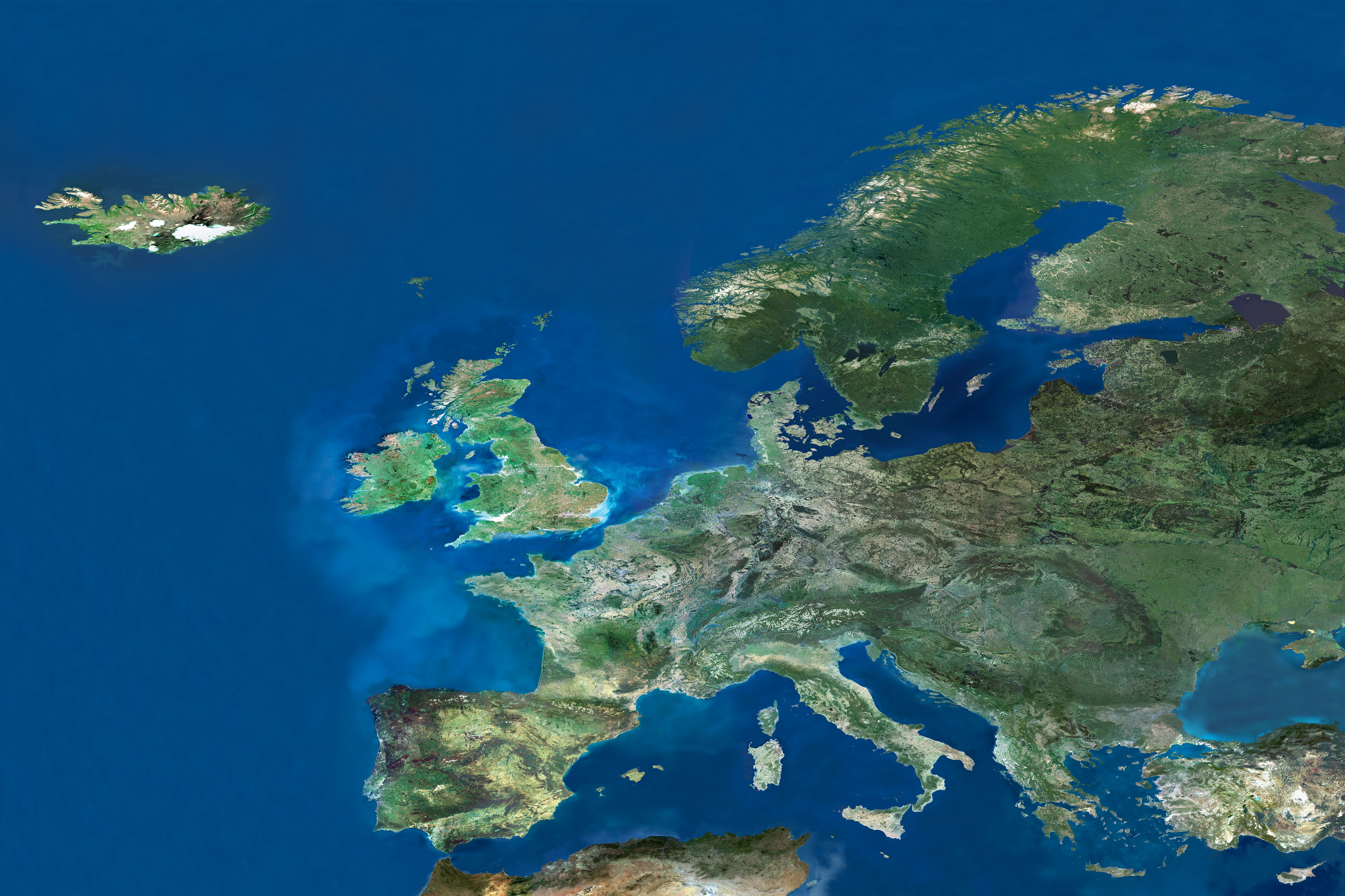The Evolving Architecture of Space and Security

Today, Europe is taking initiatives both to prevent space weaponization and to develop space militarization. While national States remain the central players in this regard, the intergovernmental European Space Agency is increasingly involved in security-related activities and the European Union is showing growing political ambitions in this area.
While a small group of European countries led by France launched an observation system for intelligence purposes in the 1980s, Europe only started to take an interest in military space after the end of the Cold War in the 1990s.
Military uses of space encompass two broad categories. On the one hand, space assets can be used to support military operations on the ground. This trend, called “space militarization”, started during the Cold War with the intensive use of Earth Observation (EO) and telecommunication satellites by the United States and the Soviet Union. The rise of satellite navigation applications in the early 1990s then allowed space to become a real “force multiplier” for military forces. On the other hand, space could become a war environment in itself, with space systems being targeted by so called anti-satellite weapons (asats). The deployment of such weapons by the U.S. and the Soviet Union never materialized during the Cold War, but the evolution towards “space weaponization” has figured at the top of the international agenda in recent years. It was fueled by the U.S. military space doctrine aiming at “space dominance” and the Chinese asat test of January 2007. While space militarization has been recognized by the UN ever since the 1960s and is today accepted by all countries, space weaponization now appears to most as a dangerous evolution and is the subject of several arms control and confidence-building efforts. Today, Europe is active in both these areas. A number of military applications are developed either by European countries, or under the leadership of the European Union – the future beneficiary within the EU being the Common Security and Defense Policy (CSDP); EU member states also drafted a Code of Conduct (CoC) for Outer Space Activities, an original and key initiative to ensure stability in the space environment.

Available in:
Regions and themes
ISBN / ISSN
Share
Download the full analysis
This page contains only a summary of our work. If you would like to have access to all the information from our research on the subject, you can download the full version in PDF format.
The Evolving Architecture of Space and Security
Find out more
Discover all our analysesChina-Russia Cooperation in Space: The Reality behind the Speeches
China-Russia cooperation in space has been increasing for the past two decades. This cooperation accelerated after the Crimea crisis in 2014 and culminated with the announcement in 2021 of the joint construction of the International Lunar Research Station (ILRS).
Space in a Changing Environment: a European Point of View
The development of European space activities has long been pursued under the framework of the European Space Agency and other national space agencies. More recently, the emergence of the European Union as a new actor for space has paved the way for a series of initiatives and opportunities.
Governing the Geostationary Orbit: Orbital Slots and Spectrum Use in an Era of Interference
Outer space, particularly in the telecommunication sector, is benefiting and becoming accessible to more and more actors. But with this trend comes also a reality that is every day more compelling: no meaningful development can be achieved without a clear, stable and predictable interference-free environment for the use and control of all satellites that depend upon ready access to radio frequencies and appropriate geostationary orbital slots to function properly.
Development of the Northern Sea Route: How great is the need for satellite observation?
The sea route between Europe and Asia is significantly shorter via Arctic waters than via the Suez Canal. Changes in global climate have resulted in a diminishing of ice in Arctic waters. This has resulted in the Northern Sea Route establishing itself as a viable commercial alternative, which is expected to expand in the years ahead. Satellite observation is one of the methods employed to gather information about ice conditions, weather and oil spills, and is a prerequisite for ensuring the continued development of the new traffic.











